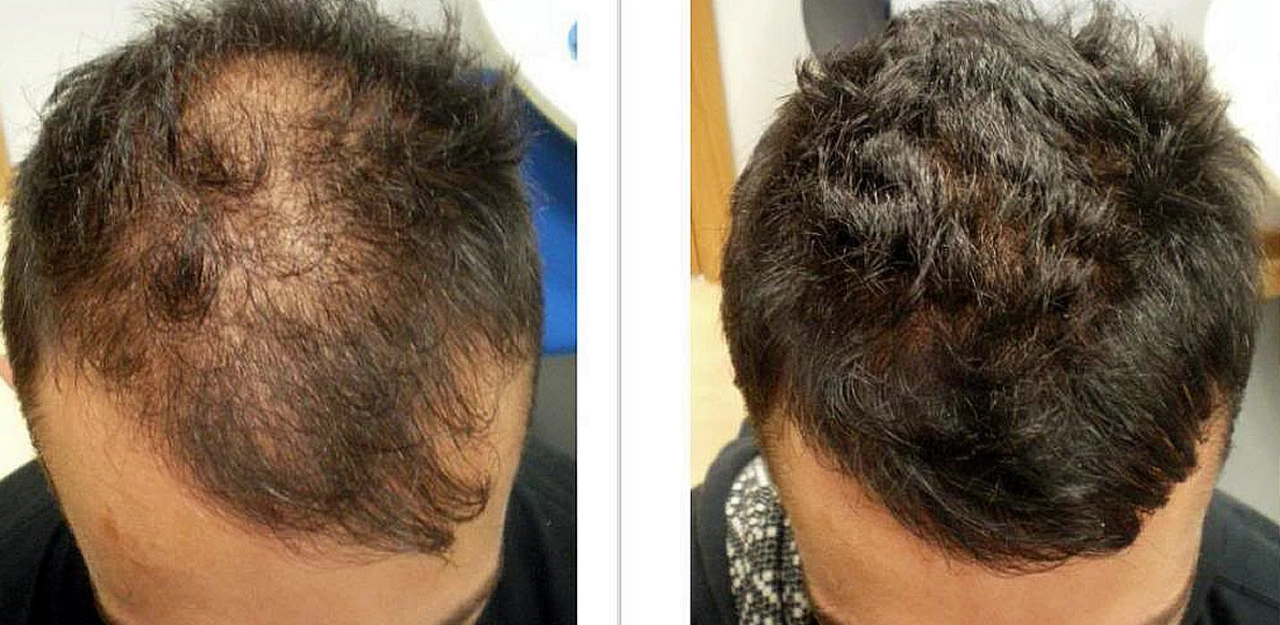Treatment tips that actually help: manage meds, side effects, and alternatives
Too many people switch or stop treatments because of cost, confusing advice, or side effects. You don’t need a medical degree to make safer, smarter choices. These practical tips pull together clear steps for handling prescriptions, exploring alternatives, and using supplements or online pharmacies without getting burned.
Quick rules for taking medicines
Know the name, dose, purpose, and main side effects of every drug you take. If your script says rabeprazole, know that’s Aciphex and what it treats (acid reflux). Ask your prescriber what a typical response looks like and when the benefit should show—if symptoms don’t improve in the expected time, don’t guess; follow up. Keep a simple list of all meds and supplements to avoid dangerous interactions. For chronic issues, ask about long-term risks (for example, PPIs versus H2 blockers for heartburn) and whether a safer alternative fits your situation.
When a medication is recalled or questioned—like the ranitidine/Zantac story—ask for concrete next steps: stop only if your doctor tells you, switch to a recommended alternative, and get a plan for monitoring symptoms. If you’re dealing with significant side effects (severe rash, breathing trouble, fainting, or new mental changes), seek urgent care.
Find safe alternatives and handle side effects
Want to try a different drug? Ask your clinician why the change helps and what to watch for. For pain relief, there are practical Meloxicam alternatives; for depression, compare options beyond Venlafaxine that match your symptoms. For fungal infections, terbinafine (Lamisil) works well for nails and skin, while voriconazole is reserved for serious invasive infections—don’t self-prescribe stronger antifungals. If a med offers little relief or causes tiring side effects, a stepwise swap or dose change is safer than stopping cold.
If cost or access is the issue, check verified pharmacy alternatives rather than risky sites. Look for clear contact details, accredited certifications, and real prescriptions required at purchase. Articles comparing online pharmacies and alternatives to platforms like Canada Meds or NorthwestPharmacy show how to spot legit services—no shortcuts.
Natural options can help, but treat them like tools, not cures. Anti-inflammatory diets, quercetin supplements, or herbs like Sweet Woodruff may reduce symptoms for some people, but combine these with medical advice. Lifestyle fixes—sleep, gentle exercise, stress control—often reduce need for stronger meds, and they’re especially useful for conditions like amenorrhea or tinnitus in pregnancy.
One more thing: keep a short, shareable health summary (meds, allergies, major diagnoses) on your phone. It speeds medical care and cuts errors. If you’re unsure about any advice you find online, save it, ask your clinician, and get a clear plan before changing treatment. Small, deliberate steps beat risky guesses every time.
Minoxidilfinasteride and Hair Styling: Tips for Looking Your Best During Treatment

As someone going through Minoxidilfinasteride treatment for hair loss, I know how important it is to maintain our self-confidence during this process. I've gathered some hair styling tips that can help us look our best during treatment. First, using a gentle shampoo and conditioner will help keep our hair healthy and manageable. Second, avoid heat-styling tools as much as possible, as they can cause further damage to our hair. Lastly, experimenting with different hairstyles, like updos or accessories, can help us feel more confident while our hair is growing back.
- May 14 2023
- Tony Newman
- 12 Comments
